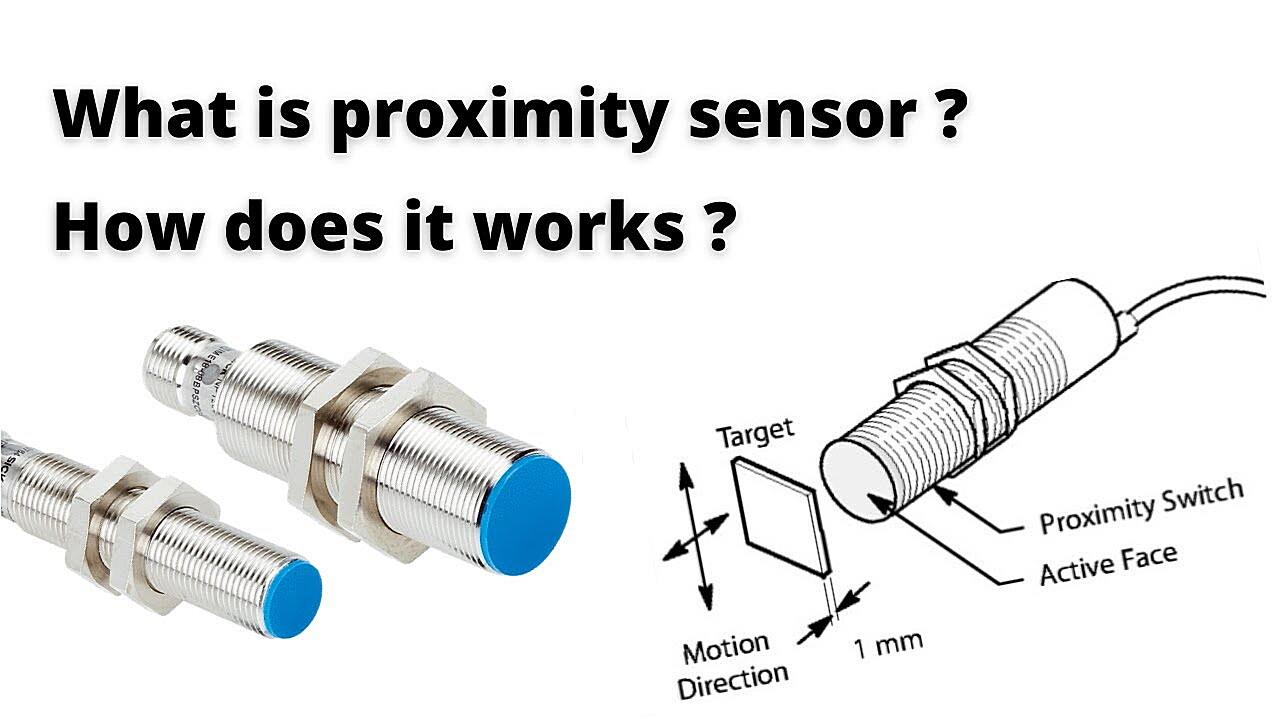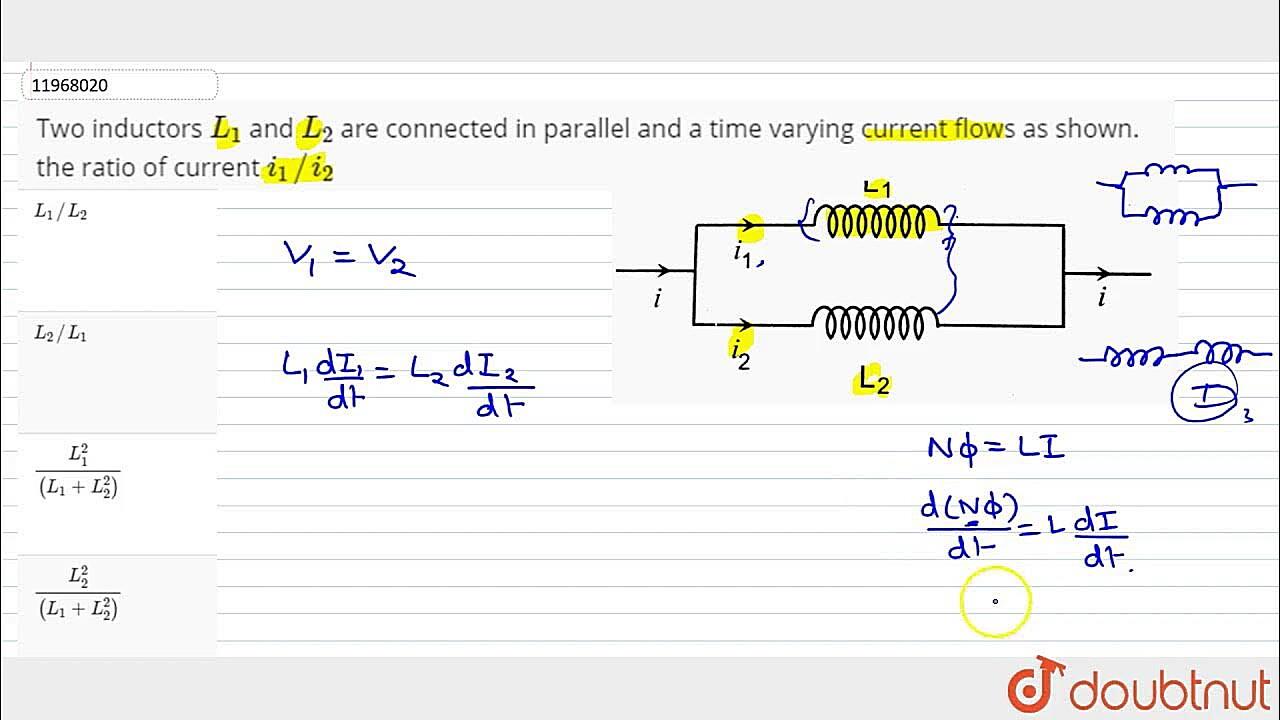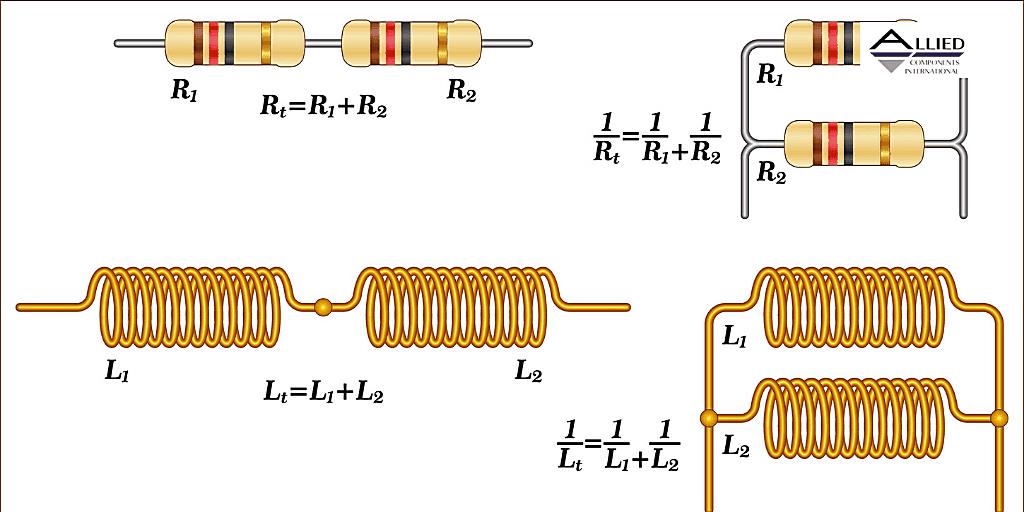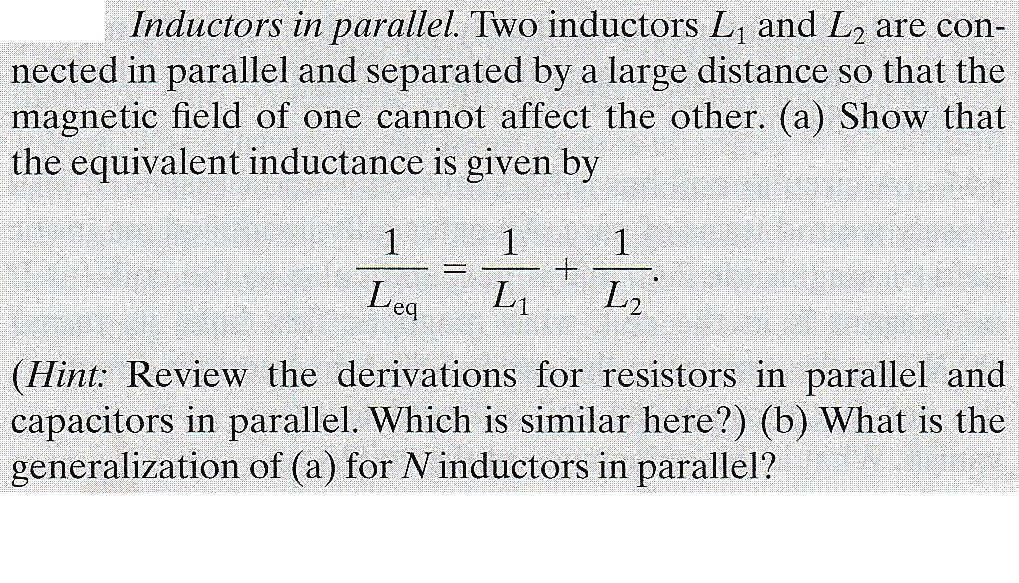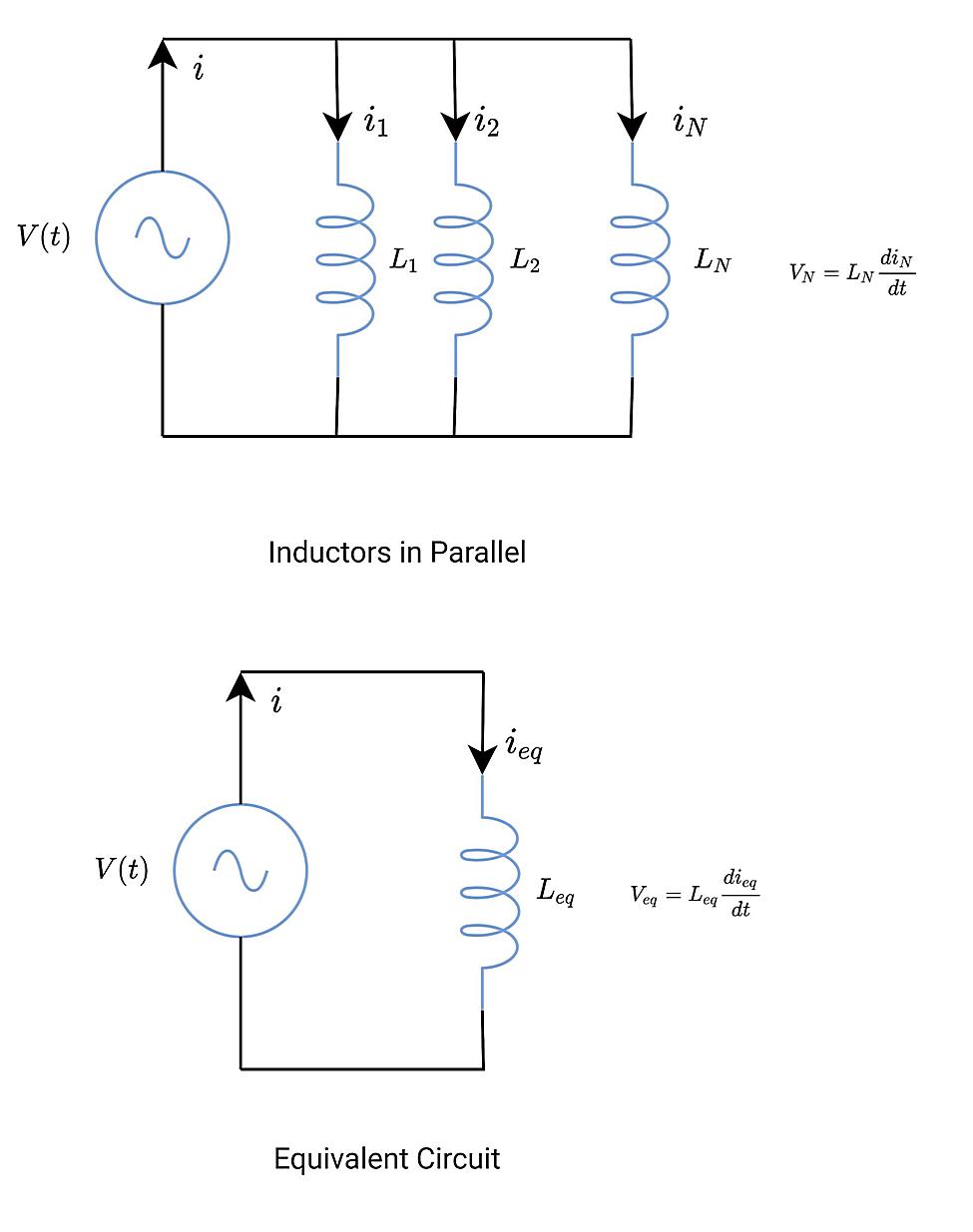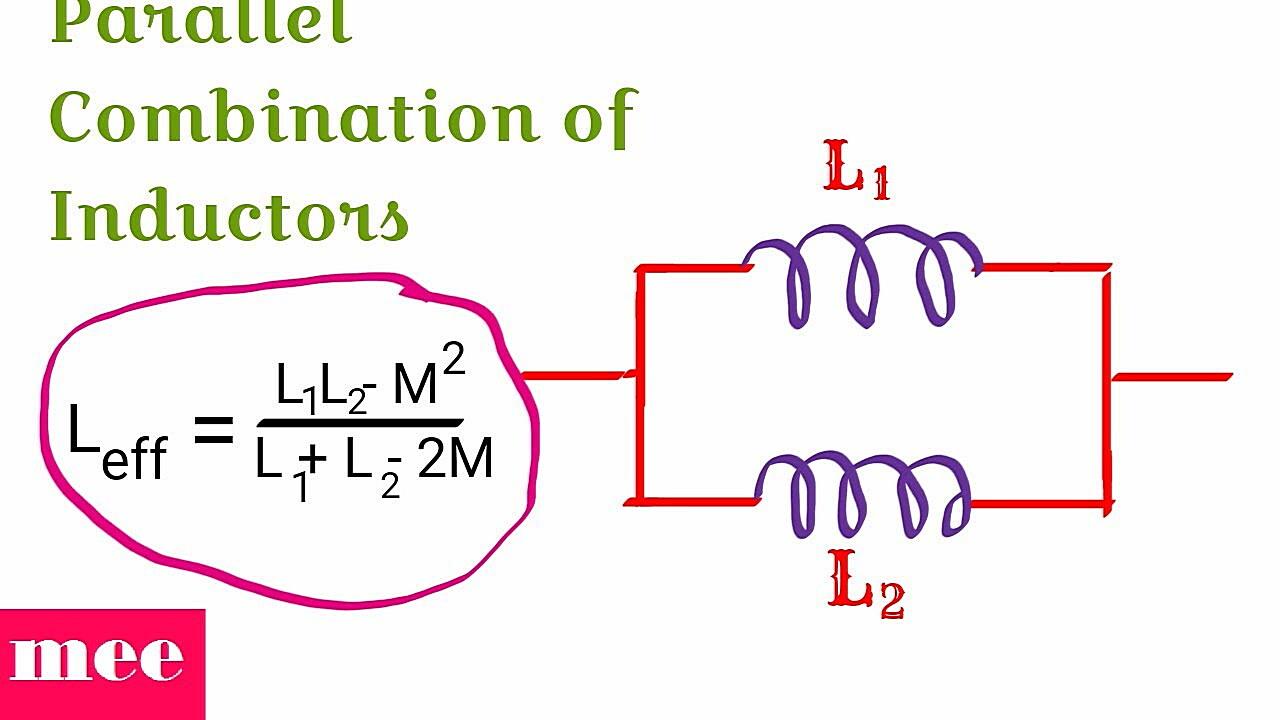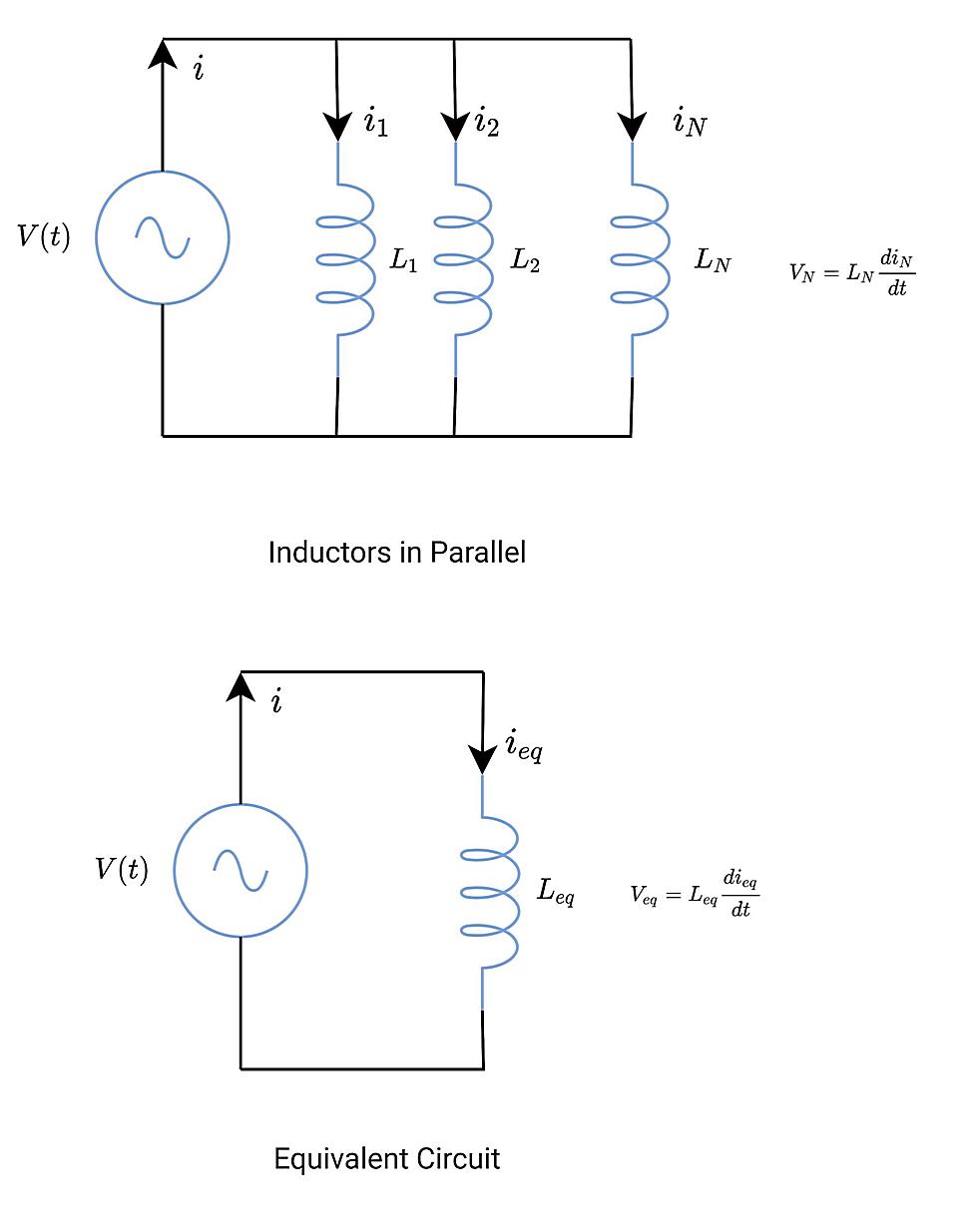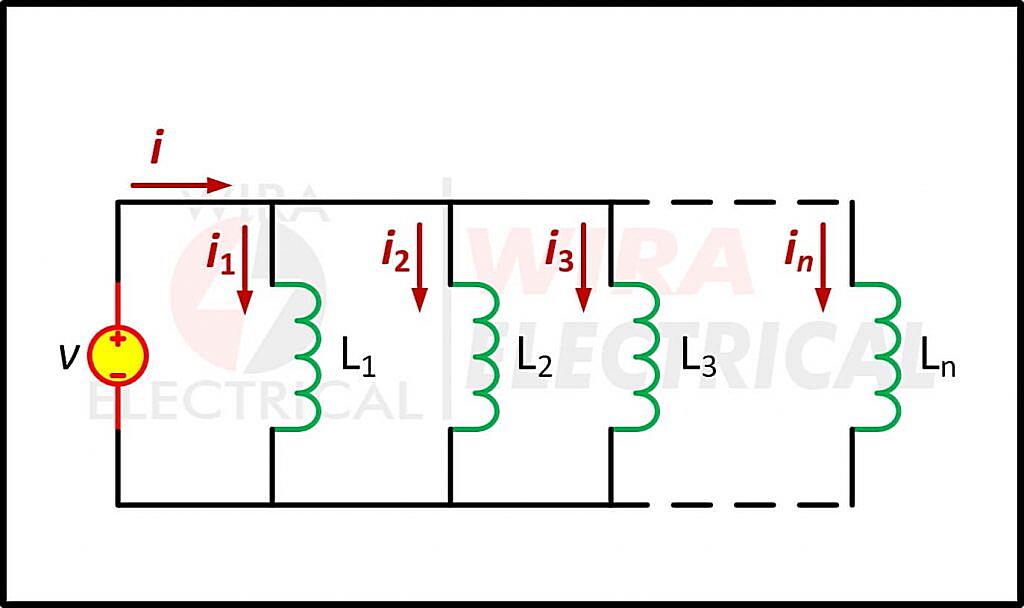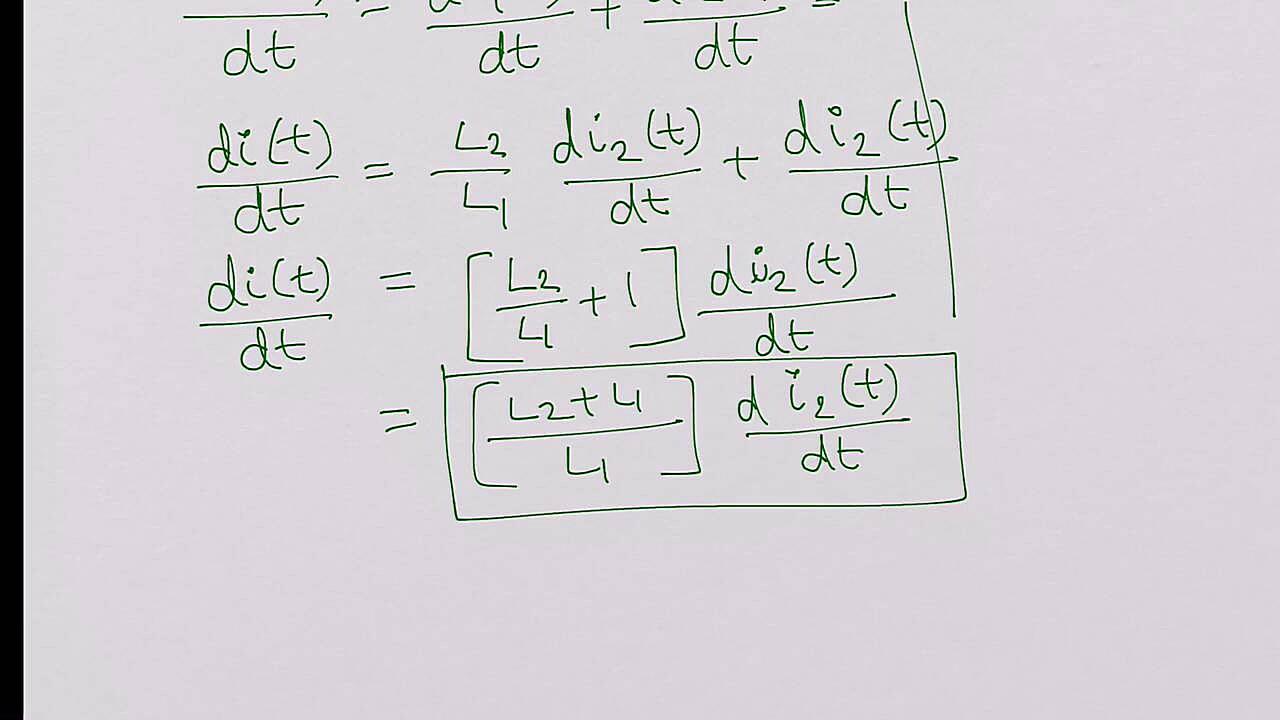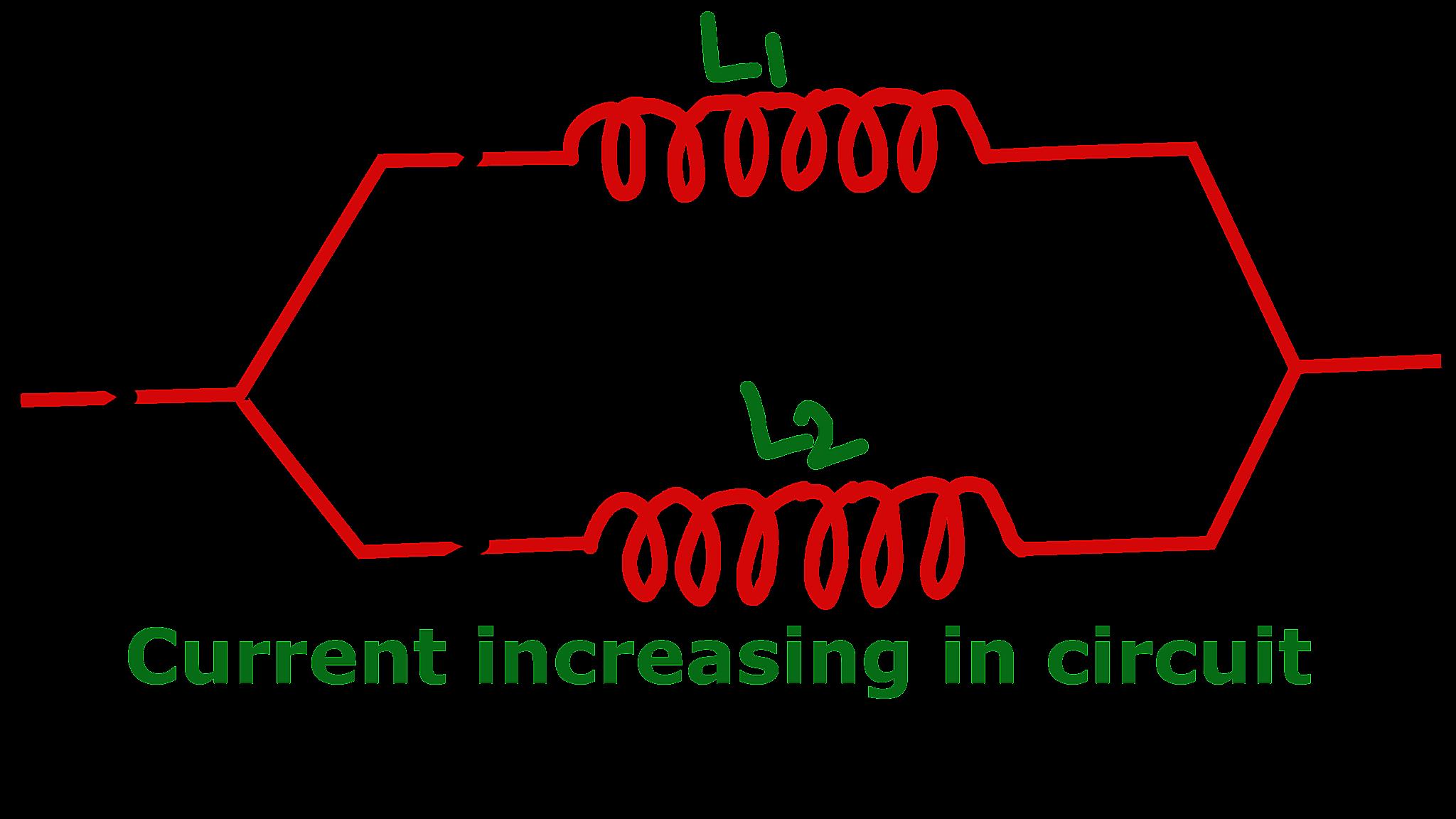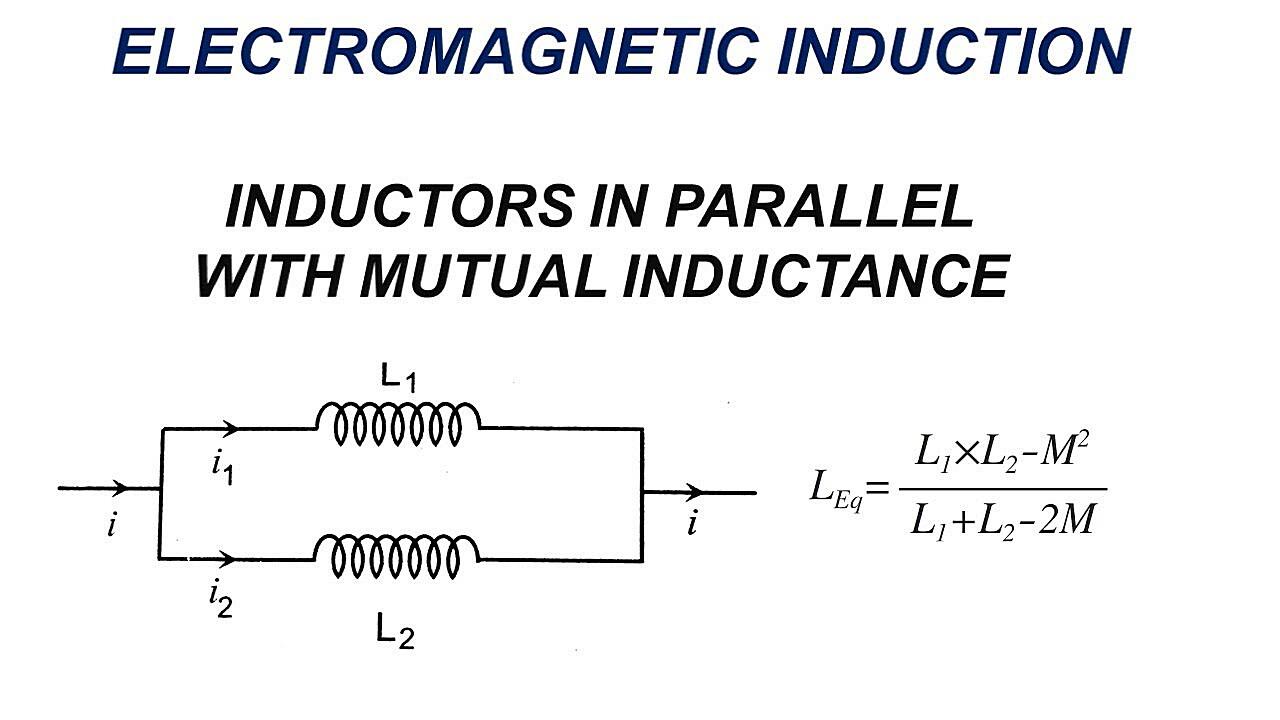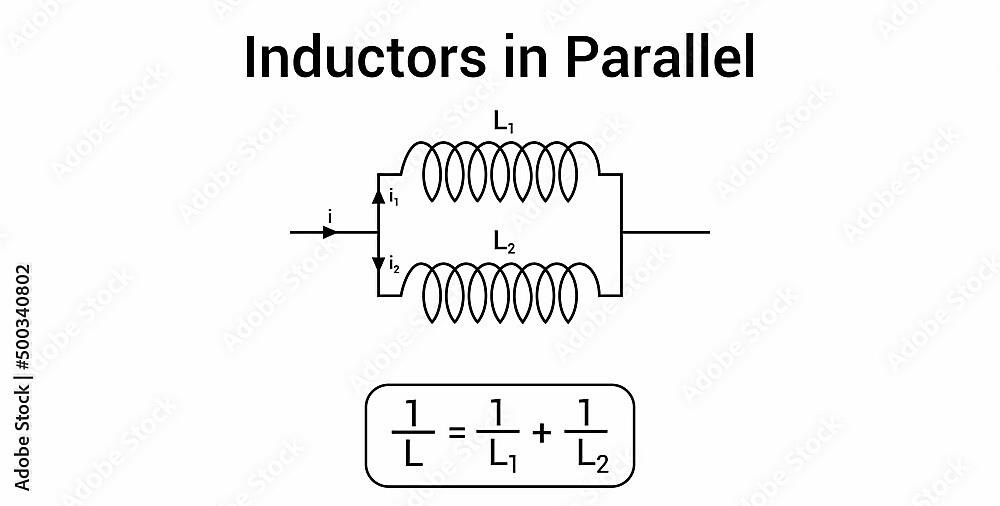You May Also Like :
Unveiling the Mystery
1. Understanding the Basics of Inductors
Okay, let’s talk inductors. Think of them as tiny energy reservoirs in your circuits. They resist changes in current, sort of like that one friend who always insists on doing things their way. When you pass current through an inductor, it stores energy in a magnetic field. Release that current, and the field collapses, releasing the stored energy back into the circuit. They’re basically coil of wire that’s doing important work.
Now, why would you even bother connecting these energy-storing buddies in parallel? That’s what we’re going to dive into. It’s not just some random act of electrical engineering; there’s a method to the madness! Inductors in parallel behave a bit differently than, say, resistors in parallel. Understanding this difference is key to designing circuits that do what you want them to do. So, prepare to delve into the world of inductance and parallel connections! It’s more exciting than it sounds, I promise!
Before moving on, it is vital to establish and understand what it means to connect inductors in a parallel circuit configuration. Essentially, placing inductors parallel to each other means that their terminals are directly connected to each other. The current will now have multiple paths to flow across, as compared to a single-pathway circuit. This affects the overall inductance of the entire circuit.
So, lets set the scene. Imagine a river, but instead of water, its electrical current. When the river forks, the water divides, right? The same thing happens with current when it encounters inductors in parallel. But instead of simply dividing, the inductors work together to change the overall way current flows through the whole circuit. That’s a crucial part of understanding why this configuration is so useful.
2. Calculating Equivalent Inductance
Alright, time for a little math! Don’t worry; it’s not as scary as it looks. When you have inductors connected in parallel, the total inductance (Ltotal) is calculated differently than if they were in series.
The formula you’ll need is: 1/Ltotal = 1/L1 + 1/L2 + 1/L3 + … and so on. Basically, you add up the reciprocals of each inductor’s inductance and then take the reciprocal of the result. If you have only two inductors (L1 and L2) in parallel, there’s a handy shortcut formula: Ltotal = (L1 * L2) / (L1 + L2). Easy peasy!
Why does this work? Well, it’s because when inductors are in parallel, they effectively provide more paths for the current to flow. This reduces the overall opposition to changes in current (which is what inductance is all about). Imagine a multilane highway as compared to a one-lane road. More lanes reduces overall resistance to traffic flow. The math just reflects that reality.
And that’s how you find the equivalent inductance of parallel inductors! With the formulas, you can easily determine the overall inductance for the entire circuit by simply substituting the values of each inductor involved. Now, why does this matter for practical applications?
3. Why Parallel Inductors? Real-World Applications
So, why go through all this trouble? What are the practical benefits of connecting inductors in parallel? The main advantage is that you can achieve a specific inductance value that you might not be able to find in a single, off-the-shelf inductor. Think of it like mixing paint colors to get the exact shade you want.
For example, you might need an inductance of 2.5 mH (millihenries) for a particular filter circuit. But maybe you only have inductors of 5 mH available. No problem! Connect two 5 mH inductors in parallel, and you get an equivalent inductance of 2.5 mH! Problem solved. Parallel inductors are useful in RF (radio frequency) circuits for impedance matching, which helps maximize power transfer and signal clarity.
Parallel inductors are also helpful in power supplies. They’re often used in filtering circuits to smooth out voltage ripples. They can also be employed to handle higher current applications, splitting the total current load between them to avoid any one inductor getting overloaded. It’s similar to dividing the load with multiple workers.
Another benefit is the ability to distribute the current load. When multiple inductors share the current, each inductor experiences less stress, potentially leading to longer lifespans for each component. This is especially important in high-power applications where components can get quite hot and bothered. This makes inductor parallelization a useful option, especially in high-powered circuits!
4. Potential Pitfalls
While connecting inductors in parallel can be useful, there are a few potential drawbacks to keep in mind. One major concern is mutual inductance. This happens when the magnetic fields of the inductors interact with each other.
Mutual inductance can affect the overall inductance of the circuit, making it different from what you calculated using the simple parallel inductance formula. If the inductors are closely coupled (i.e., their magnetic fields strongly overlap), the effect of mutual inductance can be significant. To minimize mutual inductance, try to physically separate the inductors as much as possible or orient them so their magnetic fields don’t strongly interact.
Another thing to watch out for is the current rating of each inductor. Make sure that each inductor can handle its share of the total current. If one inductor is undersized, it could overheat and fail. It is crucial to select inductors that are properly rated for the application. Otherwise, the entire circuit may be at risk.
Lastly, the equivalent series resistance (ESR) of the inductors can also play a role. ESR is the internal resistance of the inductor. When inductors are connected in parallel, the overall ESR decreases, which can be beneficial in some applications, but it’s something to be aware of. Understanding and considering these potential problems can help to create reliable and efficient circuits that use parallel inductors.
5. FAQs About Inductors in Parallel
Still got questions? No problem! Let’s tackle some frequently asked questions about connecting inductors in parallel.
Q: What happens if I use inductors with very different inductance values in parallel?
A: The total inductance will be dominated by the inductor with the smaller inductance value. The larger inductor will have less influence on the overall circuit behavior. This can be useful in some situations, but generally, it’s best to use inductors with similar values for predictable results. Think of it like two people carrying a heavy box the stronger person will do most of the work!
Q: Can I use this technique with air core inductors?
A: Absolutely! The same principles apply to air core inductors as to ferrite core inductors. However, air core inductors tend to have lower inductance values, so you might need more of them in parallel to achieve your desired overall inductance. You’ll also want to be especially careful about mutual inductance, as air core inductors tend to have weaker magnetic fields that can more easily interact with each other.
Q: Is there a limit to how many inductors I can connect in parallel?
A: Not really, but there are practical considerations. The more inductors you add, the smaller the total inductance becomes, and the more you need to worry about mutual inductance and current distribution. At some point, adding more inductors yields diminishing returns, and it might be better to just find a single inductor with the desired value. Its like adding more cooks in the kitchen; you get more people, but not necessarily better food!

